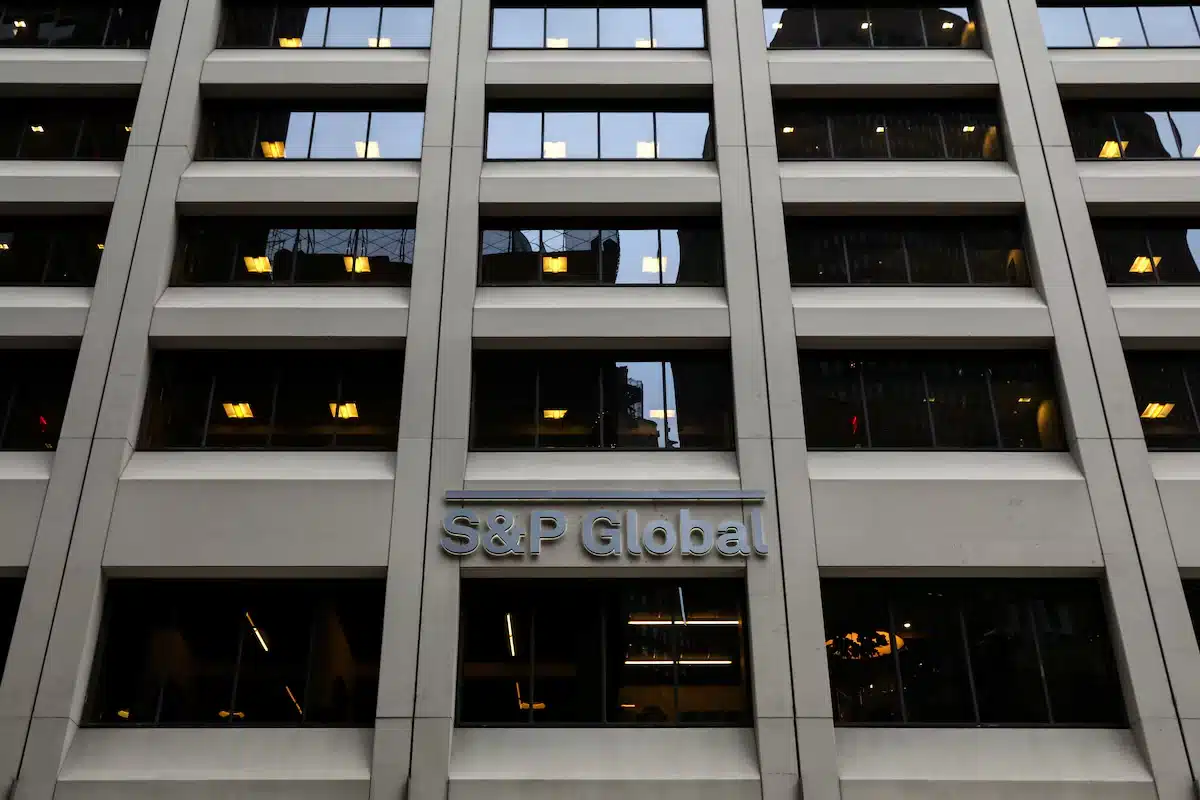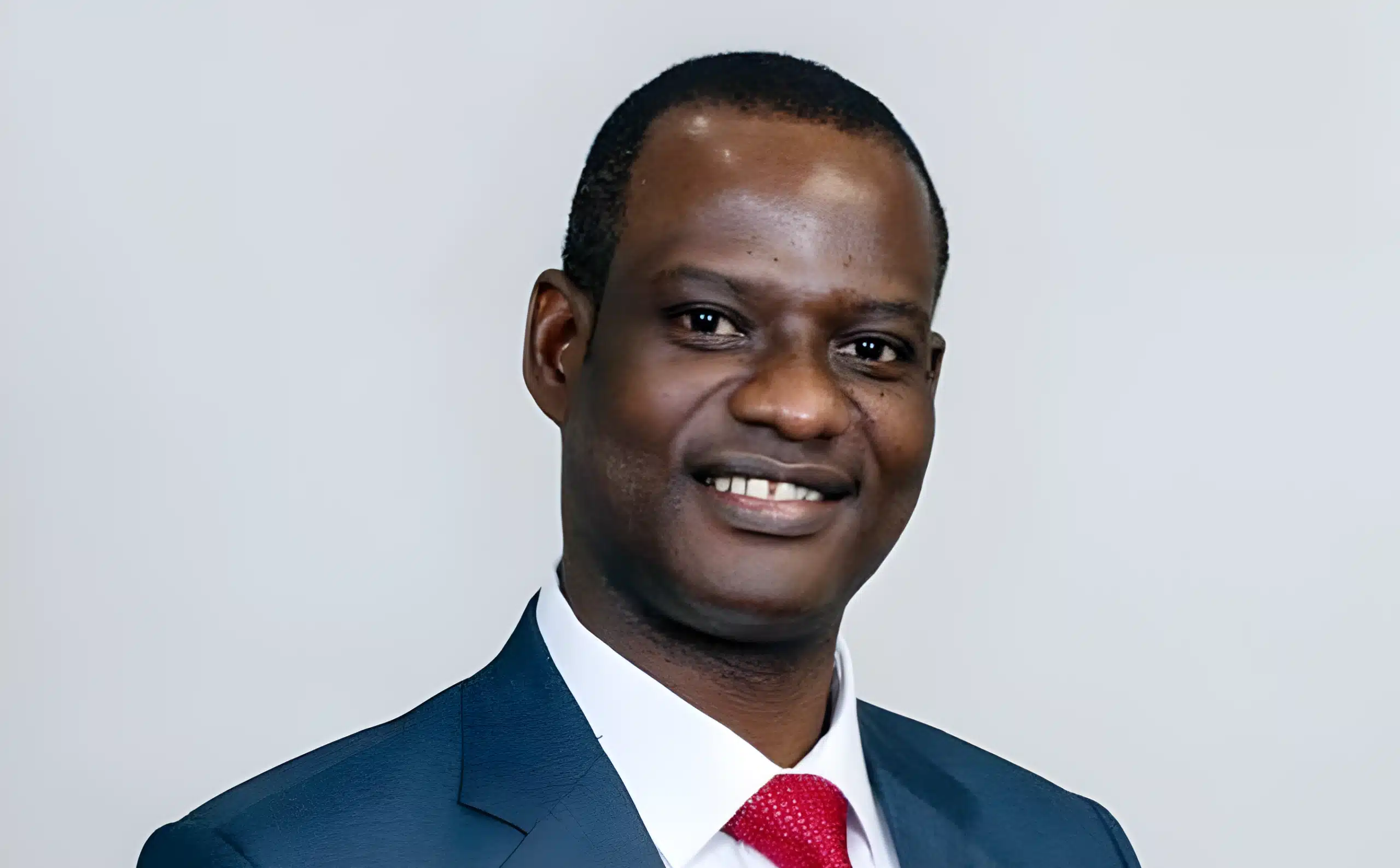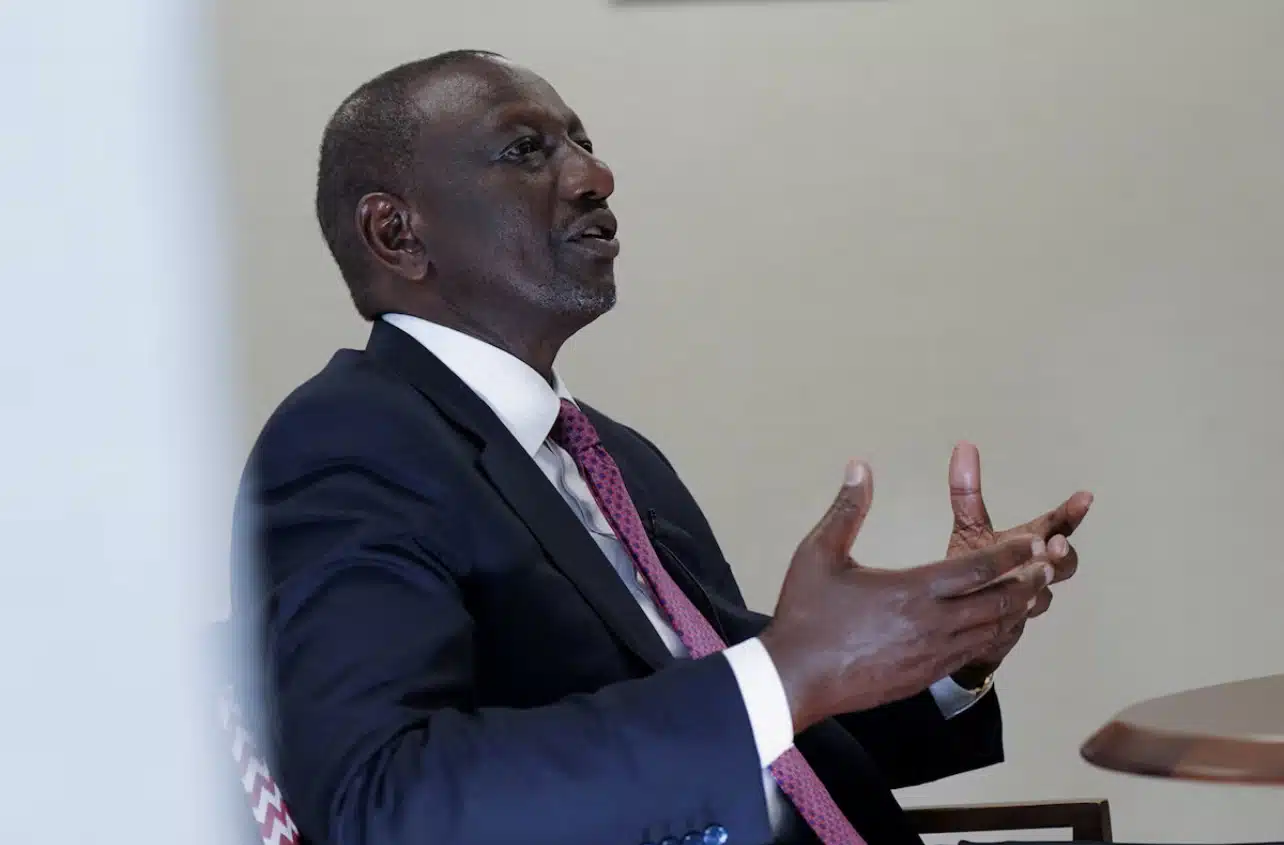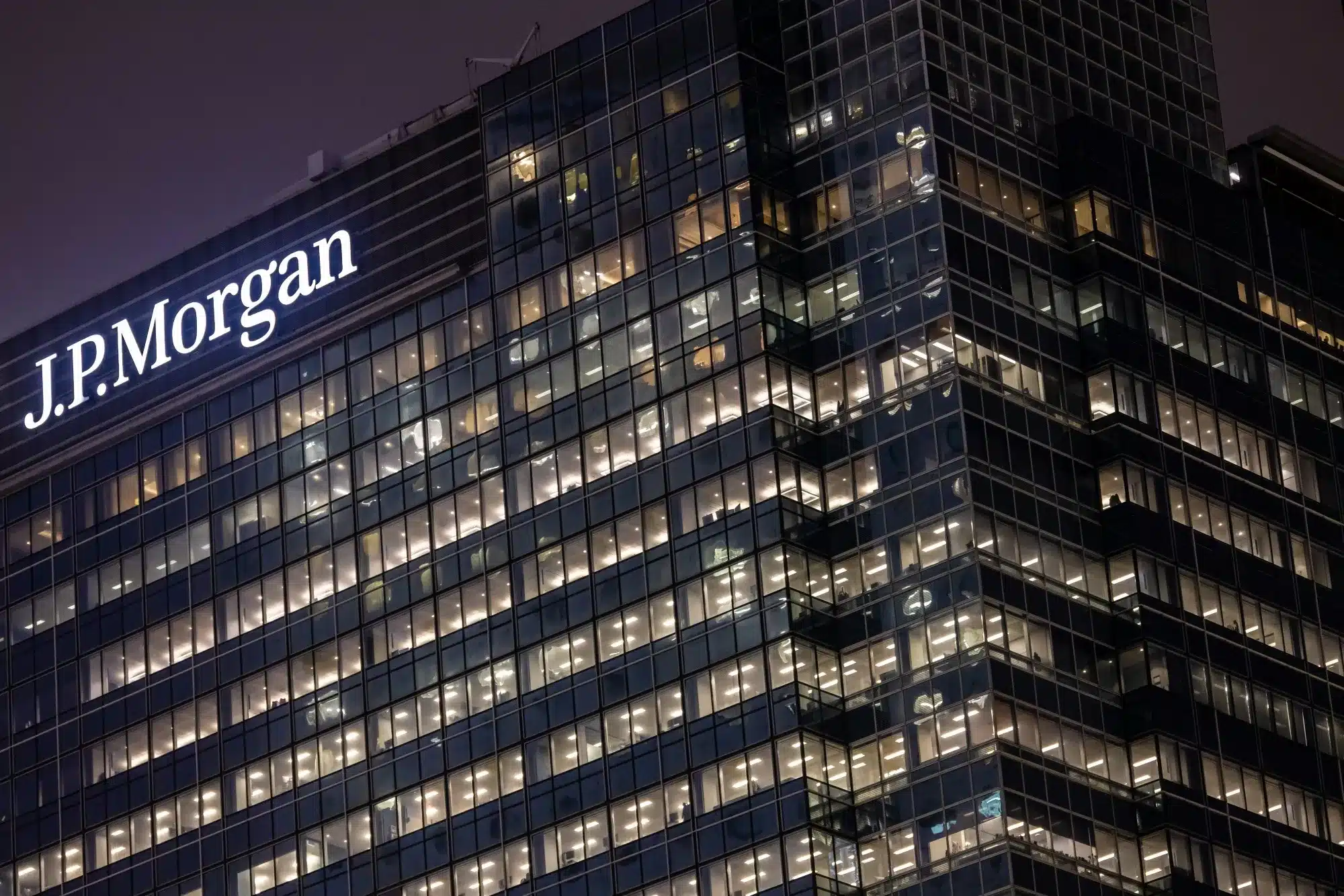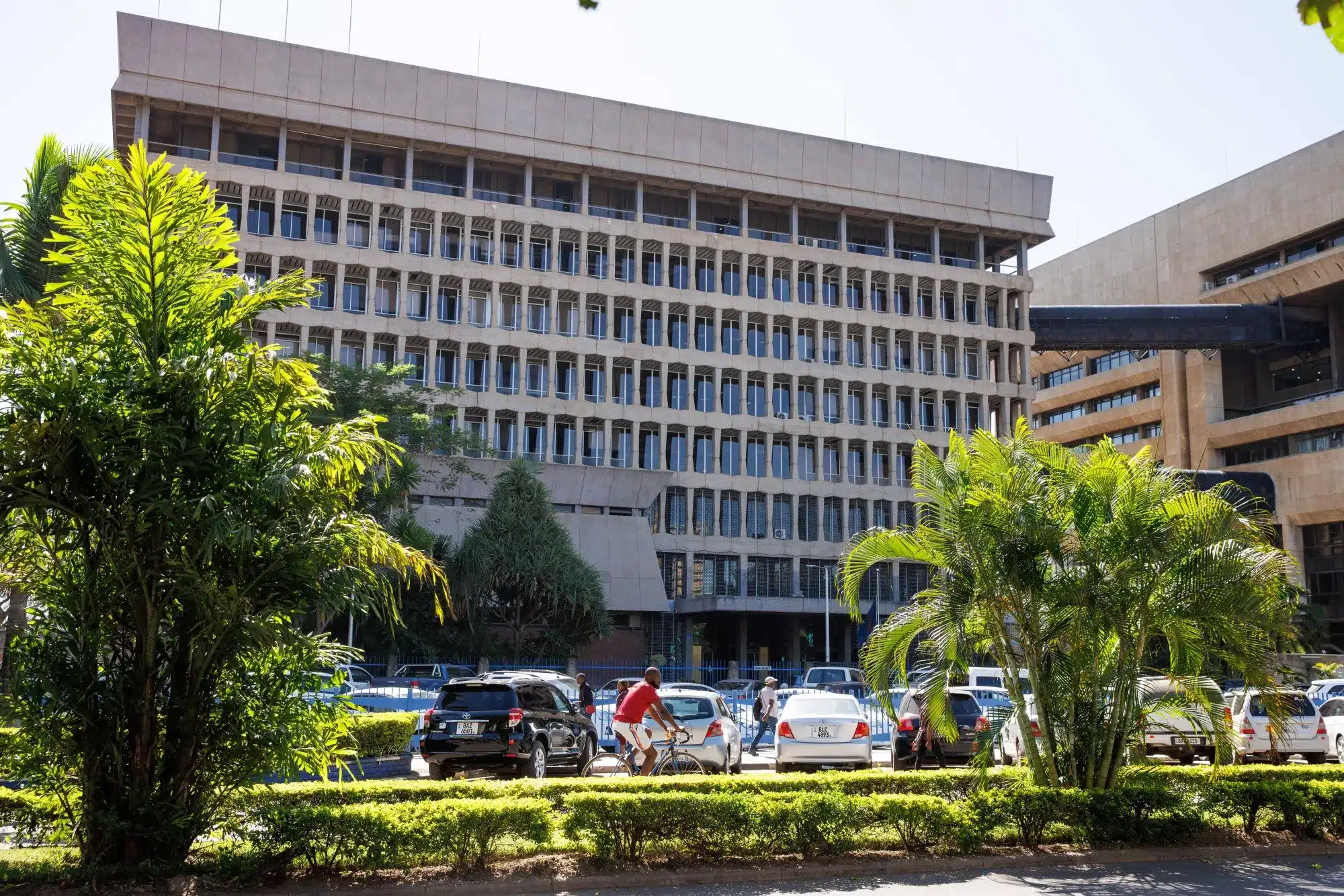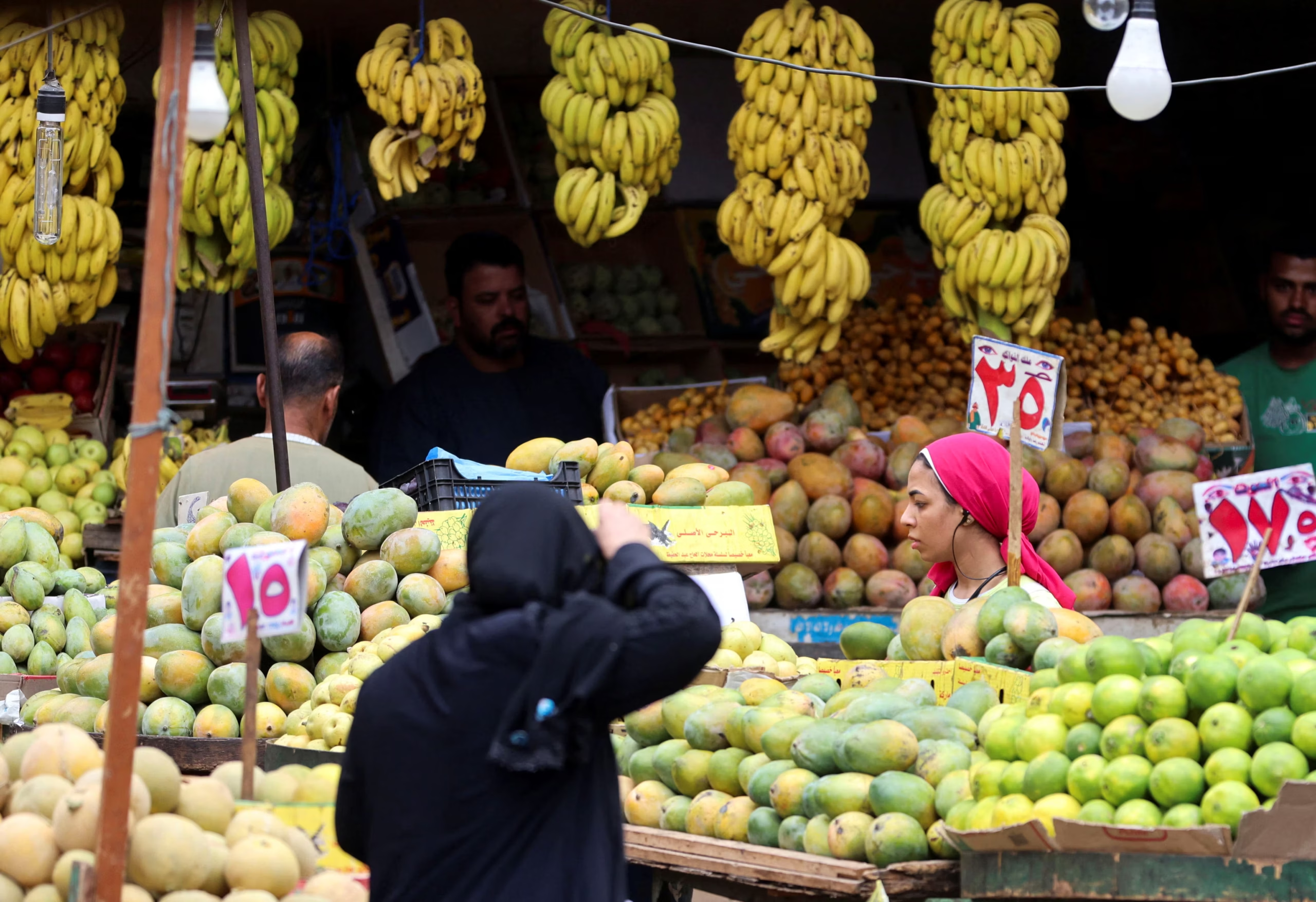South Africa’s path to its first credit rating upgrade in two decades depends squarely on faster economic growth, fiscal consolidation, and restraint on state bailouts, according to S&P Global Ratings.
Speaking at the firm’s annual conference in Johannesburg on Wednesday, Ravi Bhatia, director and lead analyst at S&P, said the country’s current “positive” outlook could translate into an upgrade if momentum on reforms is sustained. “If the momentum continues — you see slightly better growth, steady fiscal consolidation and no extra bailouts — the pressure is for an upgrade,” Bhatia told delegates.
However, he cautioned that the reverse could also apply: “But if growth deteriorates again and fiscal is not under control, we could vote back to stable.”
South Africa has held a sub-investment grade ‘BB-/B’ foreign currency rating since 2020, following years of slow growth, mounting debt, and large-scale bailouts for state-owned enterprises. In its latest assessment on May 16, 2025, S&P maintained this rating but kept its “positive” outlook, signalling the possibility of an upgrade if key indicators improve.
“The positive outlook reflects the potential for stronger growth than we currently expect, despite trade- and tariff-related headwinds, alongside government debt consolidation, if the coalition government can accelerate economic and fiscal reforms while addressing infrastructure pressures,” S&P noted in the review.
The rating agency currently projects that South Africa’s GDP will rise to an average of 1.5% between 2025 and 2028, following a sluggish 0.6% growth in 2024. However, persistent logistical constraints and global trade tensions are expected to weigh on that recovery.
Bhatia also clarified that a ‘positive’ outlook for sub-investment sovereigns is usually settled within a year, suggesting that the window for achieving an upgrade may close by the first half of 2026 if progress stalls.
Despite political gridlock in the newly formed coalition government which has led to three revisions of the 2025 budget, S&P noted that reform momentum remains on track.
That helped to justify its decision to maintain the outlook even as the domestic political landscape remains fragile.
Lower inflation target could ease borrowing costs
Discussions at the conference also turned to the South African Reserve Bank’s long-standing plan to revise the country’s inflation target range. The central bank currently targets inflation between 3% and 6%, but has flagged the upper end as too high and too broad.
“Over the medium-long term, a lower inflation target will generate lower interest rates. That’s an easier hurdle for investment,” said Jeff Gable, head of macro and fixed income at Absa Bank.
The central bank has published detailed modelling for a 3% target, which Governor Lesetja Kganyago said is “more attractive” than the current 4.5% midpoint. However, any official change will require the approval of the finance minister.
According to Bhatia, one of the key advantages of a lower inflation target would be reduced borrowing costs for the government. “The biggest benefit of the planned change would be the lowering of the cost of government borrowing,” he said.
As at the end of April, consumer prices inched up to 2.8% from 2.7% in March, but remained below the central bank’s target range.
With inflation under control and reform efforts moving forward, South Africa could see improved investor confidence. But analysts warn that delivering on growth and budget discipline will be critical if the country is to exit junk status for the first time in 20 years.

